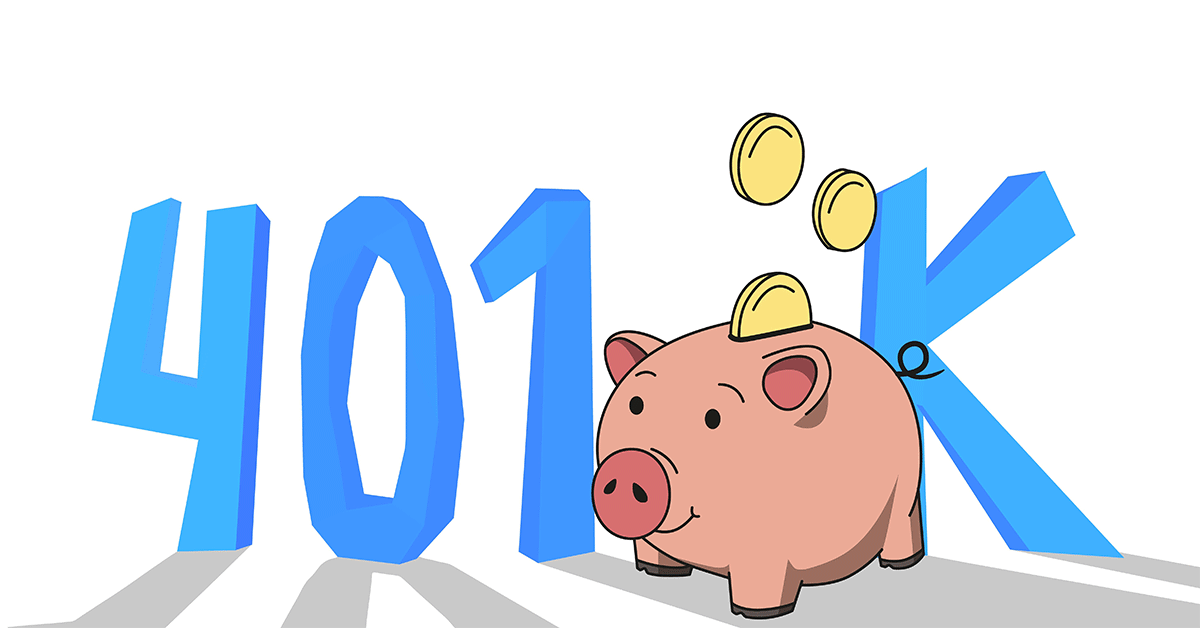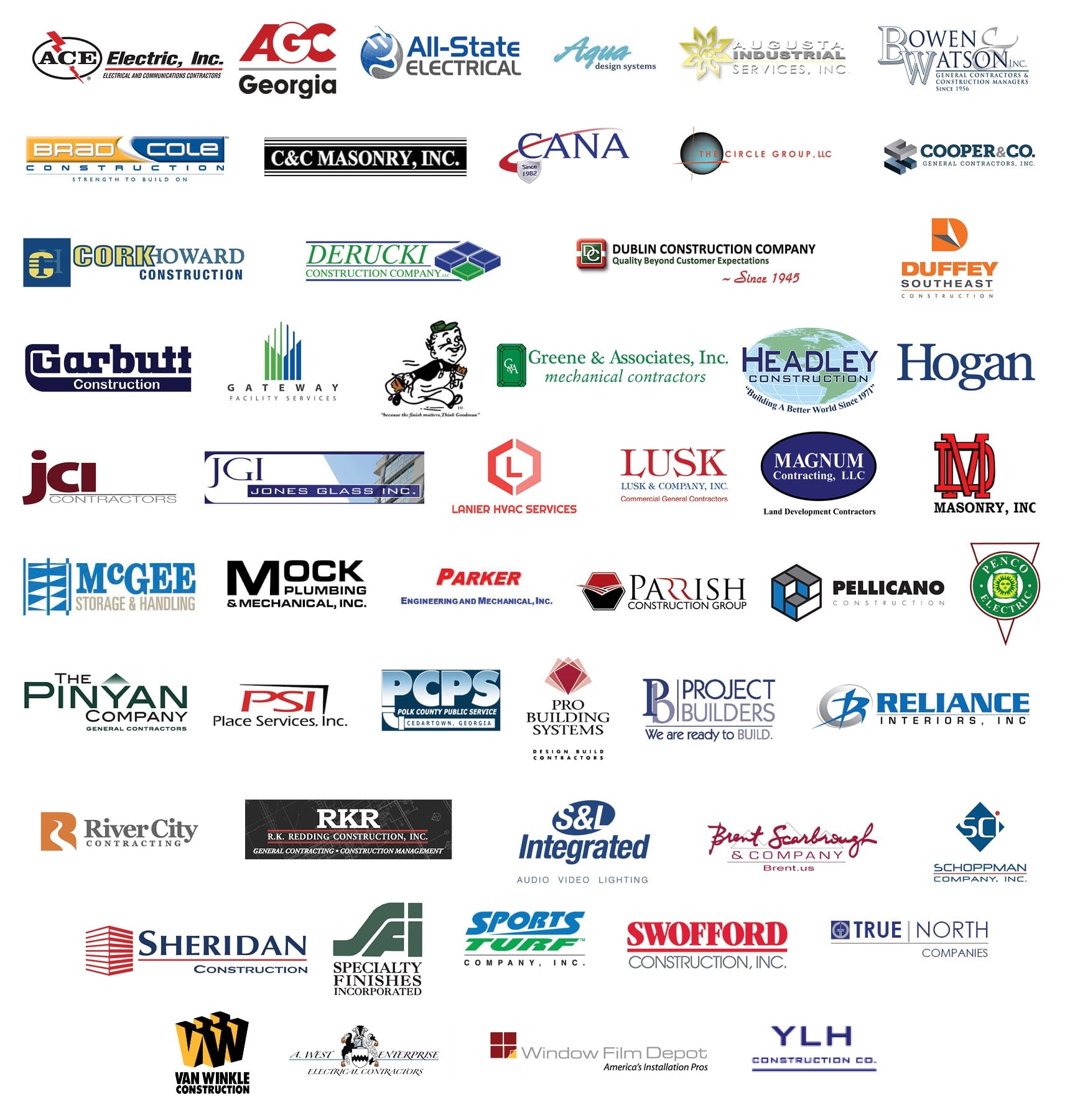A 401(k) plans are qualified employer-sponsored retirement plan. That eligible employees may make tax-deferred contributions form their salary or wages to on a post-tax and/or pretax basis. Employers offering a 401(k) plan may make matching or non-elective contributions to the plan. On behalf of eligible employees and may also add a profit-sharing feature to the plan. Earnings in a 401k plans accrue on a tax-deferred basis.
When you withdraw funds from your 401(k) – or “take distributions,” as the lingo goes – you begin to both enjoy the income from this retirement mainstay and face its tax consequences. For most people and with most 401(k)s, distributions are taxed as ordinary income, much like a paycheck. However, the tax burden you’ll incur varies by the type of 401(k) and on how and when you withdraw funds from it.


Understanding 401(k) Plans
The 401k plans became law in 1978 and is named after the subsection of the Internal Revenue Code that established it. As of Sept. 30, 2017, 401(k) plans accounted for roughly $5.3 trillion of the $27.2 trillion in total retirement-plan assets in the United States. According to the Investment Company Institute. Total 401(k) plan balances have increased by more than 100 percent from 2008 to 2018.
Caps placed by the plan and Internal Revenue Service regulations usually limit the percentage of salary-deferral contributions. There are also restrictions on how and when employees can withdraw these assets, and penalties may apply. If there is a withdrawal while an employee is under the plan’s defined retirement age. Plans that allow participants to direct their own investments provide a core group of investment products participants may choose from. Otherwise, employers hire professionals to direct and manage the employees’ investments. The average 401(k) plan offers numerous investment options. And many include additional features such as automatic enrollment and low-cost index fund options.
The IRS limits
The IRS limits the amount you can invest in a 401(k). In 2019, the 401(k) contribution limit is $19,000, up from $18,500 in 2018. However, people 50 or older who expect to hit this 401(k) elective deferral limit can contribute an additional sum of up to $6,000 for a total of $25,000. This additional top-up payment is known as the catch-up contribution limit. Some companies will match employee contributions up to a certain percent.
If you’re prepared to top up your 401(k) with after-tax dollars, or your employer also contributes (more on that later), the limits are even higher: a total of $56,000 in 2019, up from $55,000 in 2018. If you are age 50 or older, your limit in 2019 is $62,000, including the catch-up contribution, up from $61,000 in 2018. Looking ahead, 401(k) contribution limits are indexed to inflation, which means contribution limits will rise more in coming years, in step with inflation.
income-tax
Withdrawals from your 401(k) are taxed at your prevailing income-tax rate at the time the money is taken out. There are restrictions on how and when you can withdraw money from the account. At age 70½, you must take what are called required minimum distributions (RMDs) from the plan, or else face tax penalties. If you withdraw funds from a 401(k) before you reach retirement age. You’ll be hit with a 10% early-withdrawal penalty fee as well as any applicable taxes. Note, however, that if you are still working at age 70½, you do not have to take RMDs from the plan at your current employer (see below for details). You will, however, owe them from previous 401(k)s, if you still have money in plans at any previous employers.
Withdrawals from your 401(k) are taxed at your prevailing income-tax rate at the time the money is taken out. There are restrictions on how and when you can withdraw money from the account. At age 70½, you must take what are called required minimum distributions (RMDs) from the plan, or else face tax penalties. If you withdraw funds from a 401(k) before you reach retirement age. You’ll be hit with a 10% early-withdrawal penalty fee as well as any applicable taxes. Note, however, that if you are still working at age 70½, you do not have to take RMDs from the plan at your current employer (see below for details). You will, however, owe them from previous 401(k)s, if you still have money in plans at any previous employers.
Managing, and minimizing, the eventual tax burden of your 401(k) account begins with the choice between the Roth 401(k), funded by post-tax contributions, or a traditional 401(k), which receives pre-tax income. Some professionals advise holding both a Roth 401(k) and a traditional 401(k) in order to minimize the risk of paying all the resulting taxes now or all of them later.
Traditional and Roth 401(k) Plans
One of the greatest advantages of the 401(k) plan is the tax-advantaged nature of contributions and earnings. The traditional 401(k) plan allows employees to make pre-tax contributions to the plan, but it taxes withdrawals from the account. Established in 2006, the Roth 401(k) offers participants another tax-advantaged option; contributions are made with after-tax dollars, but withdrawals are fully tax-free so long as certain conditions are met. The Roth 401(k) option is available in more than half of company 401(k) plans.
KEY TAKEAWAYS
– A 401(k) plan is a type of qualifing retirement account offered by companies where employees can contribute part of their salary or wages.
– Earnings on traditional 401(k) money is tax-deferring as it uses pre-tax dollars. Roth 401(k) plans use after-tax dollars and earnings are tax-exempt.
– 401(k)s are extremely popular. As of Sept. 30, 2017, 401(k) plans accounted for roughly $5.3 trillion of the $27.2 trillion in total retirement-plan assets in the United States.
Popularity of 401k Plans
Participation in 401k plans continues to grow. As of 2018, more than 55 million workers are active participants in their employers’ 401(k) plans. And there are more than half a million different company plans in place. Once criticized for their high fees and limited options, 401(k) plan reform has made several changes that benefit employees.
The average plan offers nearly two dozen different investment options, while fund expenses and management fees have continued to drop. Additional features, such as automatic enrollment, increasing fee visibility, more low-cost index fund options and catch-up contributions for near-retirees, have been added to many plans. Additionally, contribution limits are indexed to inflation, allowing participants to make larger contributions to plans over time.


Limitations of 401k Plans
While 401k plans are an important part of your employee benefits package, the issues associated with some of their provisions are very problematic. Remember that, in a defined-contribution pension plan like the 401(k). The plan member (i.e., you, the employee) bears all of the investment risk. The amount of cash that is in the fund when the plan member retires is what that person will receive as a pension. So, there is no guarantee that the plan member will get anything from this defined-contribution plan. As the fund may lose all (or a substantial part) of its value in the markets just as the member’s ready to start taking distributions. While that’s true of any financial investment. The risk is compounded by the relative inaccessibility of 401(k) money throughout the account’s – and your – lifetime.
The amount of cash that is in the fund when the plan member retires is what that person will receive as a pension. So, there is no guarantee that the plan member will get anything from this defined-contribution plan. As the fund may lose all (or a substantial part) of its value in the markets just as the member’s ready to start taking distributions. While that’s true of any financial investment, the risk is compounded by the relative inaccessibility of 401(k) money throughout the account’s – and your – lifetime.
The amount of cash that is in the fund when the plan member retires is what that person will receive as a pension. So, there is no guarantee that the plan member will get anything from this defined-contribution plan. As the fund may lose all (or a substantial part) of its value in the markets just as the member’s ready to start taking distributions. While that’s true of any financial investment. The risk is compounded by the relative inaccessibility of 401(k) money throughout the account’s – and your – lifetime.
“The final problem is that your 401k assets are not liquid. The good news is that it is for the long term. The bad news is that it is for the long-term and not readily available. So make sure that you still save enough on the outside for emergencies and expenses you may have before retirement. Do not put all of your savings into your 401(k) where you cannot easily access it. If necessary,” says Dan Stewart, CFA®, president, Revere Asset Management, Inc., Dallas, Texas.

